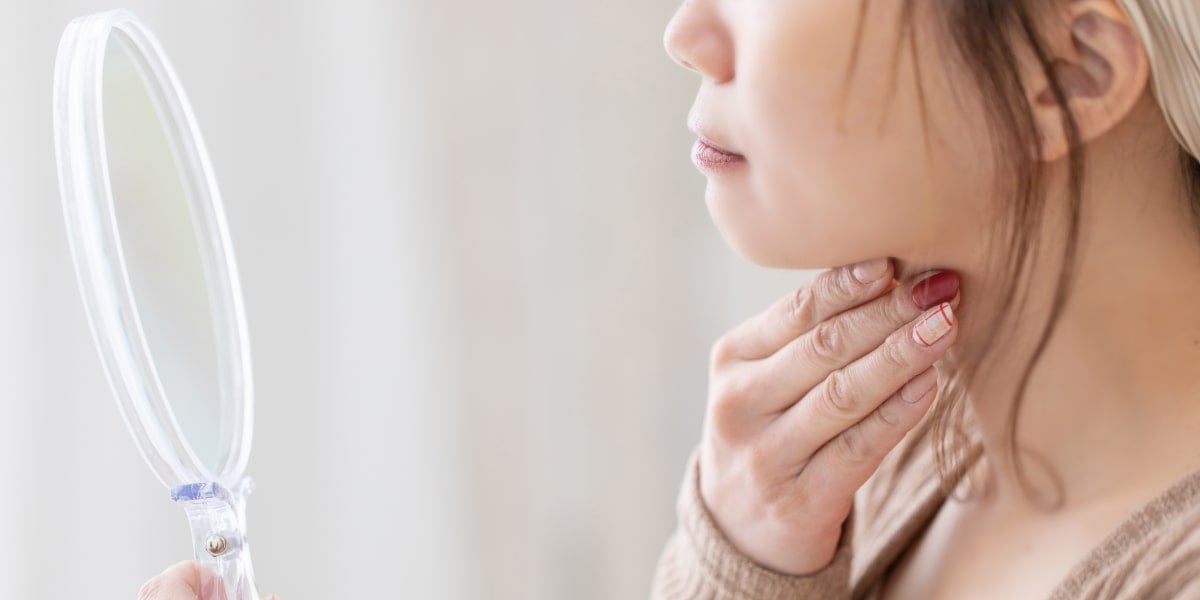What is Collagen?
Collagen has come into the spotlight in recent years, particularly how it’s available in nutritional supplements. However, collagen is a protein your body makes naturally. So what is collagen, and how do our bodies use it?
Collagen is one of the most important proteins in our body. Keep reading to see why collagen is important, and how photobiomodulation therapy helps collagen production.
Collagen: Defined
Collagen is the main structural protein of connective tissues, such as bone, skin, tendons, ligaments, and muscles. Collagen is also found in our corneas, blood vessels, intervertebral discs, gut, and teeth. In fact, collagen makes up between 25-35% of the whole body protein content in mammals.
There’s three types of collagen:
- Rigid, which is stiff and found in our bones
- Compliant, which is flexible and found in tendons
- Gradient, which has properties of both rigid and flexible collagen and is found in cartilage, such as in our ears and nose
The collagen protein is created by fibroblasts, which are a particular type of cell in our bodies that synthesize the extracellular matrix. The extracellular matrix is a network of molecules including collagen, enzymes, and glycoproteins that provide structure and biochemical support to the surrounding cells. Fibroblast cells are the most common cells in the connective tissue of mammals.
Why Collagen is Important
Collagen is the main structural protein of our bodies, but our bodies produce less collagen as we age, which leaves less support for our connective tissues. One sign of slowed collagen production is wrinkled skin. However, slowed collagen production and replacement can also impact the many other areas in our bodies where this protein is found.
There are many diseases caused by a collagen deficiency; however, most of these diseases are developed and diagnosed in early childhood, such as brittle bone disease. In brittle bone disease, for example, the body isn’t producing enough collagen to support bone structures, which makes them brittle and easy to break. Collagen is not linked to osteoporosis, which is a disease common among older women where bones become more porous as a result of calcium deficiency.
Fibroblasts, the extracellular matrix, and collagen are major players in wound repair and scar formation. When there’s trauma to the body, fibroblasts initiate the inflammatory response to help begin repair and fight off infection. Scars form when the deep layer of the skin, the dermis, is damaged. The extracellular matrix of scarred skin does not have properly aligned collagen, which causes the skin to be firmer and discolored. Additionally, scarred skin is more sensitive to ultraviolet light and can become painful or more discolored with prolonged exposure.
Sun damage also negatively impacts collagen production in healthy skin, which can cause discoloration of the skin and worsen the appearance of fine lines and wrinkles.
How Photobiomodulation Therapy Can Help Collagen Production
Photobiomodulation therapy is a painless treatment that utilizes specific wavelengths of red light to boost the production of cellular energy. When it comes to collagen, increased circulation and production of extracellular materials helps repair connective tissues and realign collagen in the matrix. This has a variety of effects:
- Improved skin elasticity and texture: reduce the appearance of fine lines and wrinkles
- Increased wound healing: speed up the process of wound healing and naturally heal wounds
- Reduce appearance of scar tissue: repair the extracellular matrix and realign collagen in scars
Photobiomodulation can also reduce the appearance of discoloration from sun damage and reduce minor joint pain from arthritis and other chronic joint concerns. This type of therapy is painless, while many other treatments for skin concerns and scars involve chemical peels to encourage exfoliation and injections of synthetic material to improve elasticity and skin firmness. Additionally, photobiomodulation has minimal side effects, and many people can feel effects after a few treatments.
Interested in getting started with photobiomodulation therapy? TheraLight full body photobiomodulation beds provide powerful, healing red light with customizable treatment options to the entire body. Click the link below to find a TheraLight provider near you.


